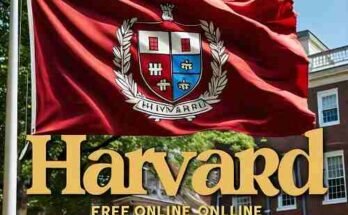
Harvard Free Online Courses with Certificate 2025
Views: 137Harvard Free Online Courses with Certificate 2025. Apply for Fully Funded Scholarships Here. Discover the transformative potential of Harvard free online courses with certificates in 2025. Elevate your knowledge, …
Harvard Free Online Courses with Certificate 2025 Read More